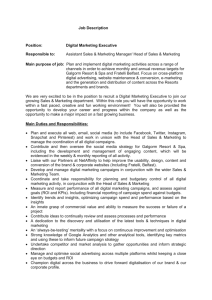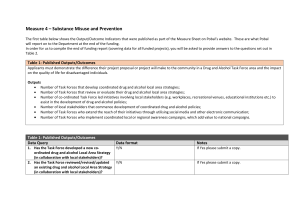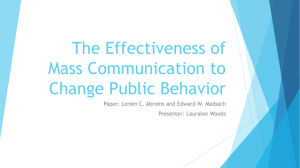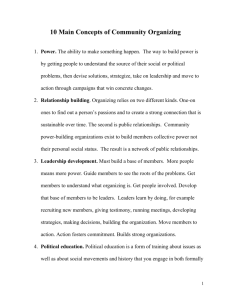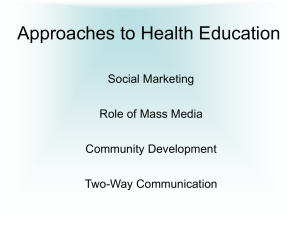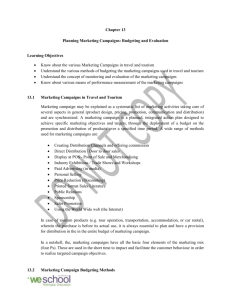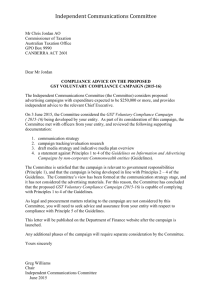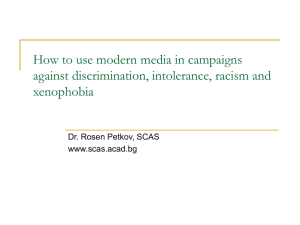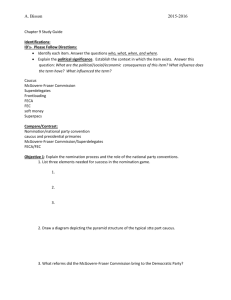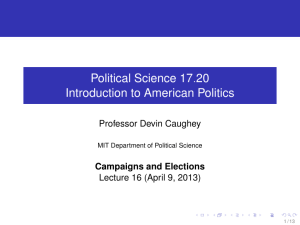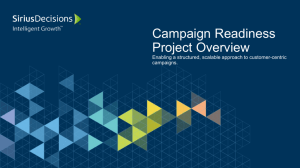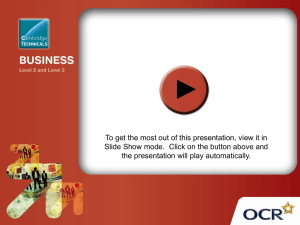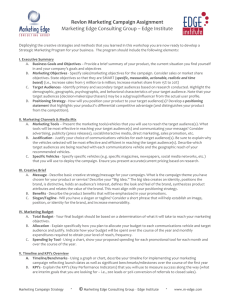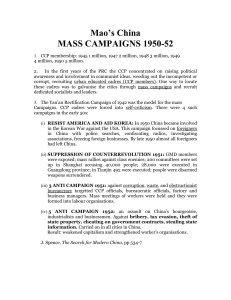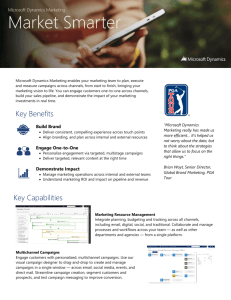Social Marketing Planning Worksheet (Kotler et al
advertisement
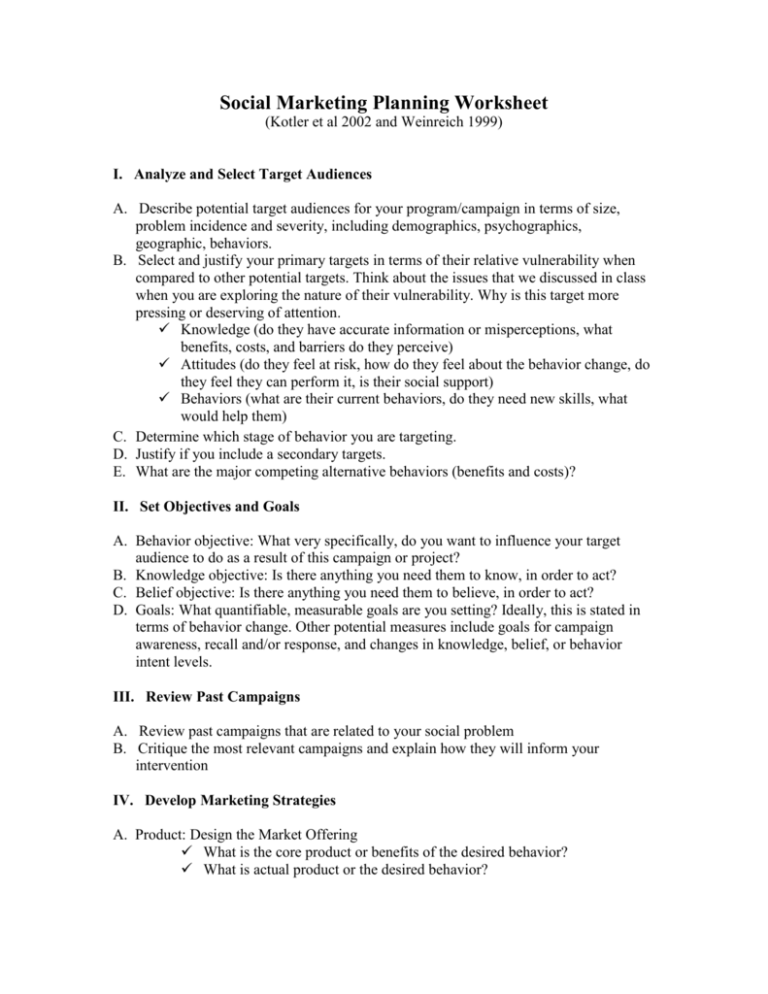
Social Marketing Planning Worksheet (Kotler et al 2002 and Weinreich 1999) I. Analyze and Select Target Audiences A. Describe potential target audiences for your program/campaign in terms of size, problem incidence and severity, including demographics, psychographics, geographic, behaviors. B. Select and justify your primary targets in terms of their relative vulnerability when compared to other potential targets. Think about the issues that we discussed in class when you are exploring the nature of their vulnerability. Why is this target more pressing or deserving of attention. Knowledge (do they have accurate information or misperceptions, what benefits, costs, and barriers do they perceive) Attitudes (do they feel at risk, how do they feel about the behavior change, do they feel they can perform it, is their social support) Behaviors (what are their current behaviors, do they need new skills, what would help them) C. Determine which stage of behavior you are targeting. D. Justify if you include a secondary targets. E. What are the major competing alternative behaviors (benefits and costs)? II. Set Objectives and Goals A. Behavior objective: What very specifically, do you want to influence your target audience to do as a result of this campaign or project? B. Knowledge objective: Is there anything you need them to know, in order to act? C. Belief objective: Is there anything you need them to believe, in order to act? D. Goals: What quantifiable, measurable goals are you setting? Ideally, this is stated in terms of behavior change. Other potential measures include goals for campaign awareness, recall and/or response, and changes in knowledge, belief, or behavior intent levels. III. Review Past Campaigns A. Review past campaigns that are related to your social problem B. Critique the most relevant campaigns and explain how they will inform your intervention IV. Develop Marketing Strategies A. Product: Design the Market Offering What is the core product or benefits of the desired behavior? What is actual product or the desired behavior? What is the augmented product (do you need to include tangible objects and services or do you need to improve existing services) B. Price: Manage Costs of Behavior Change: What are the costs the target audience associates with the product? What other barriers prevent the target audience from adopting the product? Can you minimize or remove these barriers? Can you offer any incentives? What prices will be set for tangible objects and services associated with the campaign? C. Place: Make Access Convenient What are the places where the target audience makes decisions about engaging in the desired behavior? Where and when will the target market acquire any related tangible objects and services? What distribution systems will be most efficient for reaching the target? D. Promotion: Create Messages (creative brief) What are your specific communication objectives? Who is the target? What is the competitive climate? What is the principle idea or benefit? What is your supporting evidence? What specific actions do you want your target audience to take as a result of this campaign? What communication style and tone will be used? What is the execution (and media types)? E. Stakeholders (i.e., private, government, or nonprofit?) Who will be a crucial ally in this intervention and how will you court this ally? Propose one CRM. (Do articulate what will be exchanged, how you will court this partnership, and what the conceptual fit will be.) F. Policy Are there any policies that would create an environment more conducive to the desired behavior? Is there any pending legislation that would positively or negatively affect your program’s goals? V. Develop a Plan for Evaluating and Monitoring A. B. C. What goals from Step 3 will be measured? What techniques and methodologies will be used to conduct these measures? When will these measurements be taken?

